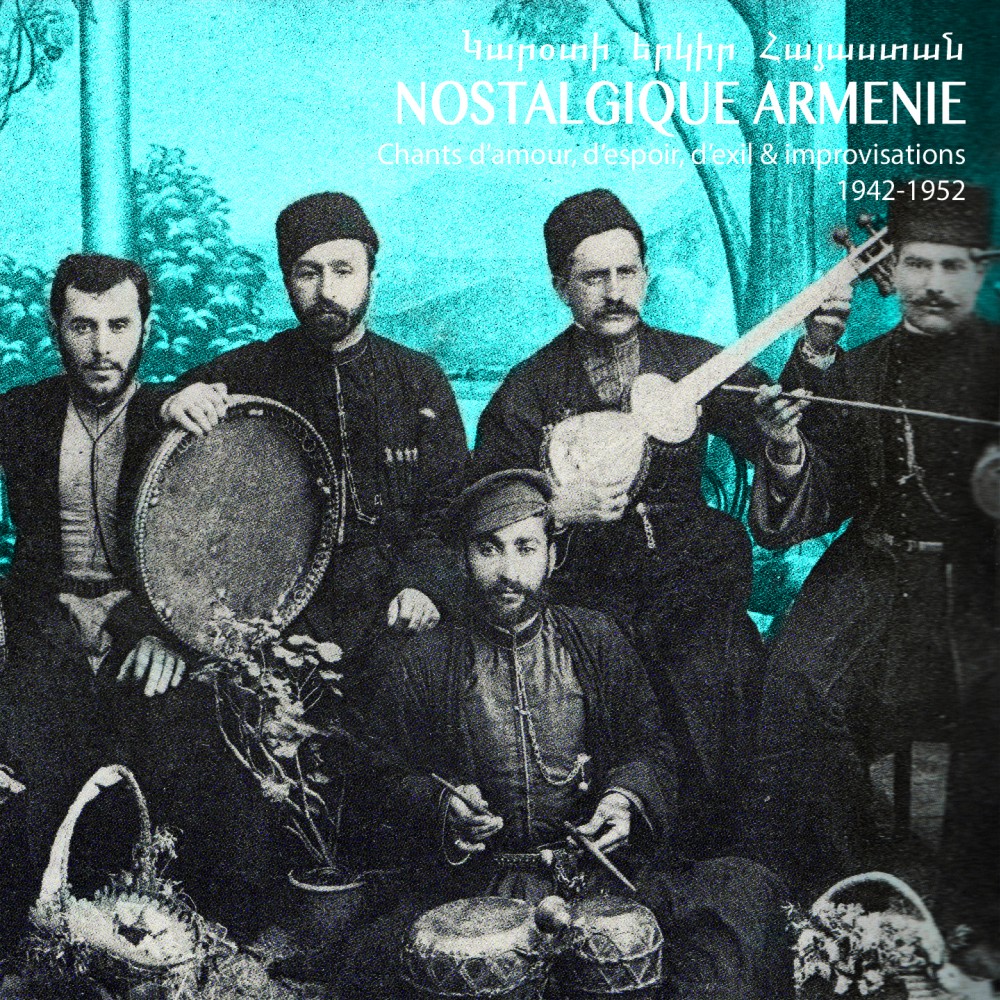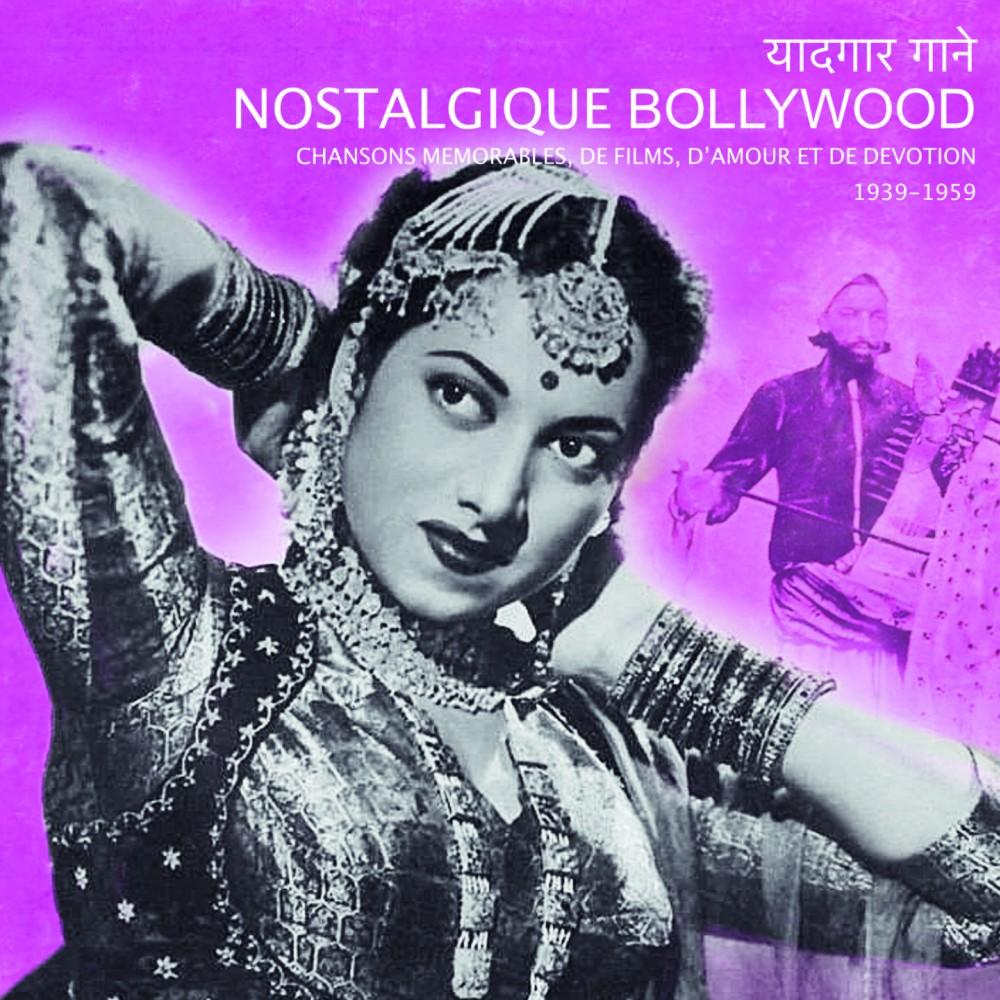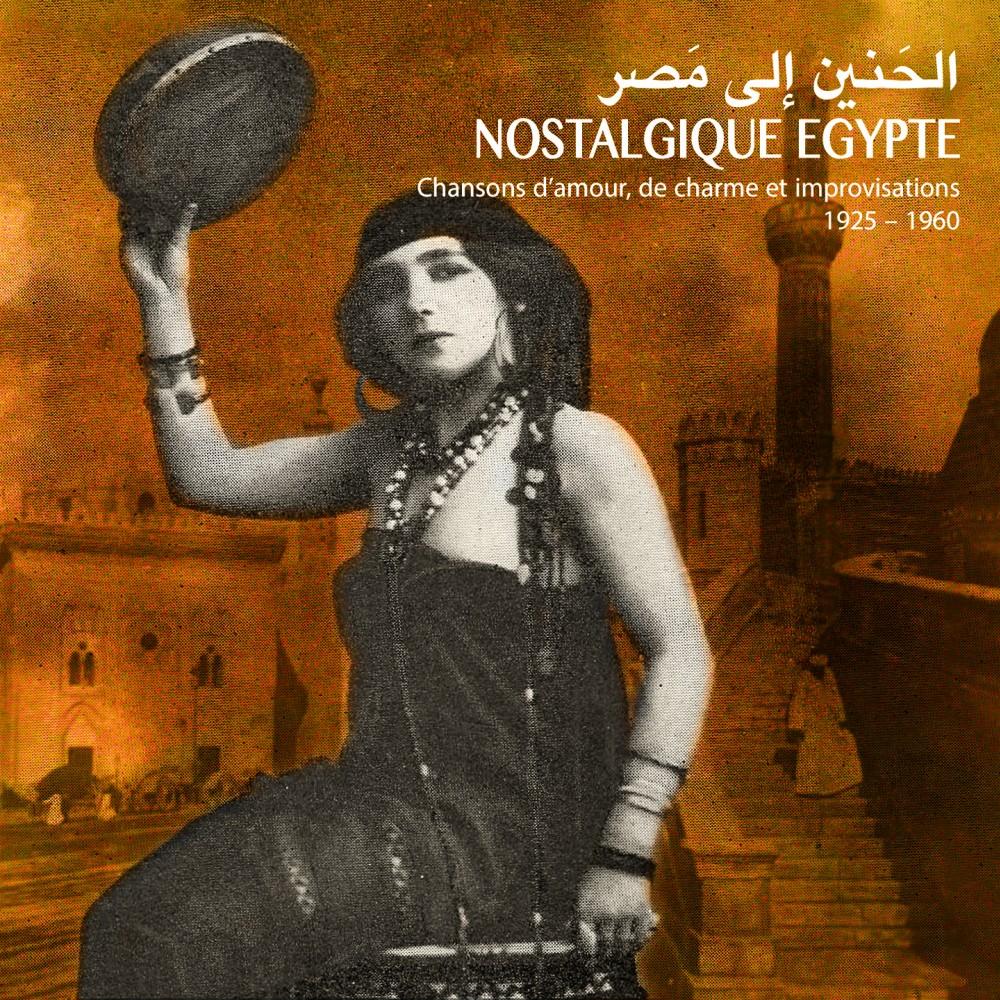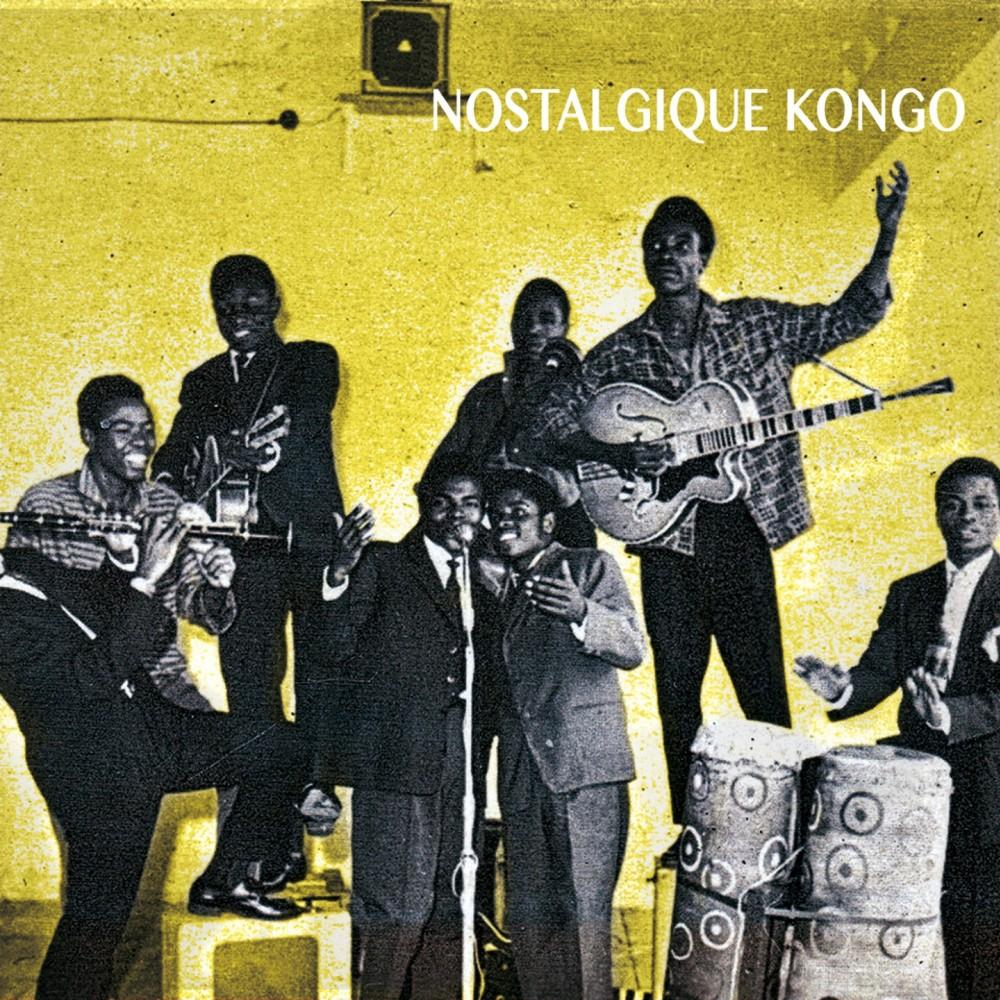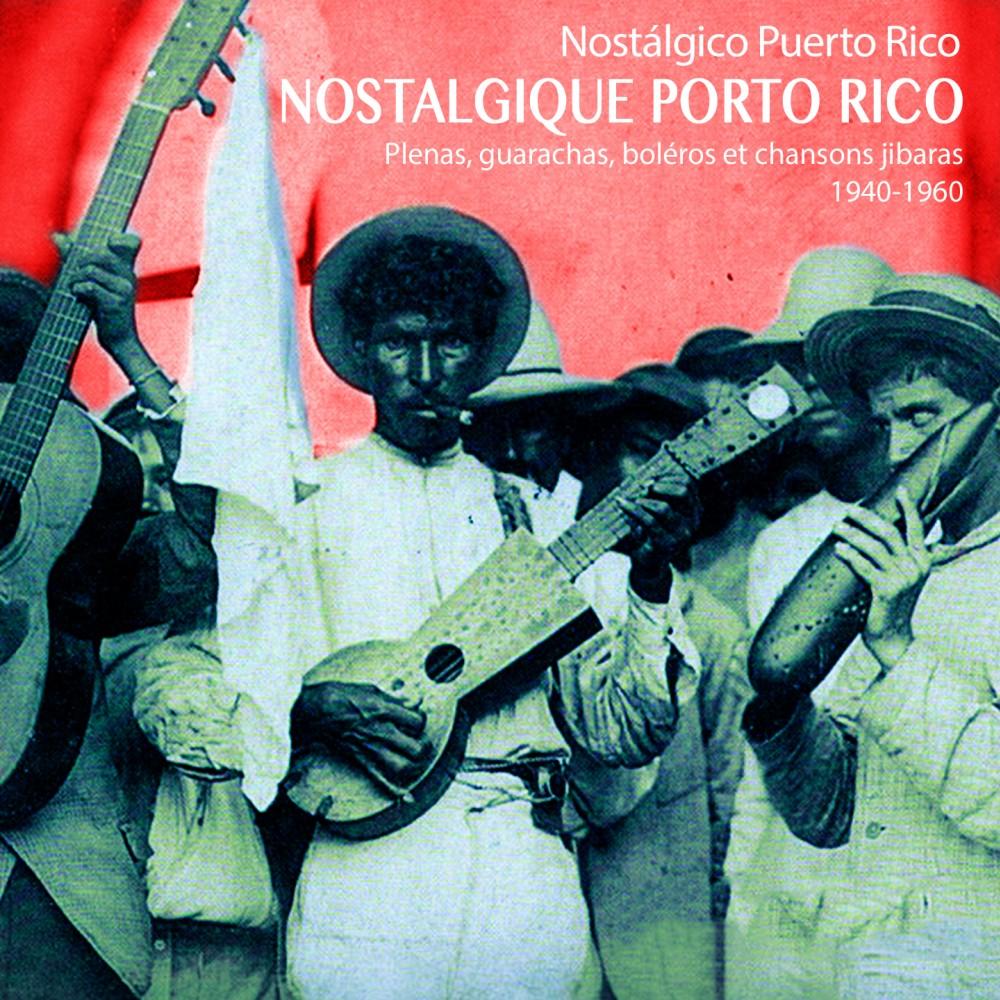Nostalgia permeates this varied ensemble of Vietnamese songs and prayers at the crossroads of tradition and modernity. They bear witness to a country that was still united yet, starting in 1954, about to undergo the throes of two decades of civil war between communist North and pro-Western South Vietnam.
Moreover, this collection starts with "Ao The Tham Tang" ("Wearing this Old Tunic"), a piece from the pivotal year 1953. Its author, Dan Truong, used an old-time folk melody to convey a doubly nostalgic message: a man who apparently has gone to war imagines he is back at home wearing the tunic of his ancestors.
In the same vein, with the addition of a mandolin, "Ai Vê Que Toi" ("If You Go That Way") expresses the request of a peasant far away from his homeland. He asks someone about to travel there to pass on his greetings to his mother. Nevertheless, a more patriotic reading shows a man busy liberating his country, to which he only intends to return after victory.
In the years following World War II, such French patriotic songs as "La Madelon" and "La Marseillaise" gained popularity in Vietnam. They were heard for the first time during the "cai luong" or reformed theatre shows performed in Saigon and other cities in Southern Vietnam. Western-inspired orchestras used to play during the intermissions.
With the expansion of the phonograph and radiobroadcast, French songs soon spread in large Vietnamese cities where it was not uncommon to see crowds in front of stores selling 78s. However, the main popularity factor for these hit songs was the opening of dance halls and cinemas in the thirties. Silver screen singing stars such as Josephine Baker ("J'ai Deux amours", "Ma Petite Tonkinoise"), Rina Ketty and George Milton, were especially favoured by variety music lovers. Yet the best-loved singer was by far Tino Rossi —made famous by his interpretation of such songs by Vincent Scotto as "Marinella"— to the point that many "Tino Fan Clubs" ("hoi ai Ti-no")were created.
Listeners will delight in this "Tino mania" with the comparsita"Duong Vê" ("Nostalgia of the Native Land "), a sentimental song written by Hoang Trong. Indeed, the interpreter renders the languorous accents of the Corsican singer with great talent, to a background of bandoneon.
It was only in the mid-thirties that the first Vietnamese versions of Western songs appeared. In the wake of the movement "ba Ta theo dieu Tay"(our lyrics to Western melodies) singing French melodies in Vietnamese even became very fashionable.
The recordings by two"cai luong"artists, Ai Lien and Kim Thoa, released in the mid-thirties by Beka record company, contributed to the spreading of this new song style, whose lyrics were more or less voluntarily transformed. This gave rise to the "modern" Vietnamese pop song genre, whose paternity musicologists have attributed to Nguyen Van Tuey for his original songs written in 1938.
HYBRID MUSIC
Orchestrated in a Western fashion and performed by combos that bring to mind Ray Ventura's band, these new songs soon spread across the country, apart from rural areas. Yet it was in Hanoi, the Northern capital, that they really found their audience. In 1938, two bands contributed to the promotion of this hybrid music style, Tricea and mainly Myosotis, the first Vietnamese ensemble performing its own pieces, written by Tham Oanh and Duong Thiêu Tuoc. By the latter, this collection presents "Huong Giang Mê-Khùc" ("Song for the Perfume River"), a true "chanson d'auteur" in the form of a poetic homage to the river that flows across Hue, the artist's native city whose musical tradition he learned at a very young age. This acoustic guitar ballad strikes by both its simplicity and its modernity.
Trained as a child to the dàn nguyêttraditional two-stringed lute, Duong Thiêu Tuoc was the first Vietnamese artist to popularise the Hawaiian guitar, an exotic sounding instrument that carries the light piece "Môt Buoi Chiêù Mo" ("Reveries"), an ode to happiness and travelling written by Zoan Mân.
Duong Thieu Tuoc wrote his first songs in French —"Ton Doux sourire", "Souvenance" etc— before turning back to his native tongue. A prolific as well as demanding songwriter, he considered himself as a composer of "Vietnamese" music rather than simply "popular" music. He deemed that the traditional repertoire's limited number of songs made it a necessity to write music "using Western techniques to create music pieces full or our national character."
A major source of inspiration for this generation of artists and a key figure of "chanson française" before the war (and up to now), Charles Trenet impregnates the perky "Tul Dan" (Long Live Music), the Vietnamese equivalent of his "Ya d'la joie". The singer Ngoc Bao, much in vogue in the 40s and 50s, lends his velvety voice to its interpretation.
With the classic piece "Noi Long" (Loving for Life), the same Ngoc Bao, a crooner amongst crooners, delivers a lament on eternal yet uncontrollable love, a song that moved crowds in its time. He could also turn into a popular comedian as can be heard in his irresistible version of "Cai Dinh" (The Nail) by Tham Oanh, a song full of self-derision relating the deception of a miserable wretch convinced that he holds a treasure when he picks up a nail.
With "Son Nu Ca" (The Mountain Girl), a folk song revisited by Tran Huan, nostalgia vibrates again with the painful memory of vanished love, on a violin background. More poetical, the dancing song "Gao Trang Trang Tanh" (White Rice in the Moonshine) by Hoang Thi Tho and the bewitching "Toi Ban Duong To" ("Thread of Silk, Thread of Love") by Tham Oanh evoke love with very Asian delicacy.
These songs, which historians now classify as "nhac tien chien"or pre-war music, were first called"nhac cai cach"or "reformed' music, referring to the renewal of an art little regarded. They accompanied the Vietnamese until the reopening of hostilities with the French during the Indochina war of 1946, even though some songs were written until the early 50s. Although not formally forbidden, this musical genre was absent from the stages and broadcasts of the communist North from 1954 until the 80s.
The second half of the 40s was propitious to the renewal of patriotic songs, which were mainly inspired by French military music. Although they were considered as the symbols of the "new wave", Myosotis and Tricea, in their own fashion, took part in this movement that stemmed from a reaction to the heightened romanticism of classical songs, maintained in the youth via boy-scout organisations.
Probably banned during the anti-French resistance movements, "Han Ly-Huong" ("The Rancour of Exile") also expresses the pain of being far away. This poignant song was written by the composer Ut Tra-On, the inventor of"Vong Co"(Souvenir), a harmonic genre rooted in the tradition. More anchored in the folklore yet as nostalgic as the modern piece "Duong Vê", it widens the scope of this collection by featuring a musical style both singular and typical of South Vietnam.
MEDITATION
As a counterpoint to this recurrent nostalgia, two Buddhist prayers contribute a meditative dimension to this Vietnamese collection. While the first track is but a litany chanted to the rhythm of the traditional bamboo block called phach, the second prayer is an enumeration of Buddha's eight fundamental recommendations, in a style close to the "ca tru"or "hat a dao", a refined chamber music style originating in the 15th century and exclusively sung by women for audiences of men.
"Our ancestors would go and listen to the 'hat a dao'so they could, for a while, escape the harsh realities of life" wrote the writer Thach Lam in 1933. "The melodies filled them with sadness and sorrow, and mellowed their hearts. All the songs were about the shortness of life, the ephemeral nature of beauty and the joy of abandoning oneself to fugitive dreams, and this was sung with voices full of affliction and distress.
There could not have been a better conclusion for this anthology than an excerpt from the Annamese poem "Kim-Van-Kieu", a masterpiece written by Nguyen Du (1765-1820). According to this work, the world is governed by the "bu tru", a universal law of addition and subtraction. This monumental epic concealing the great themes of Buddhism, relates the story of a young girl named Kieu, who swears fidelity to a boy and then sells herself as a courtesan in order to save her father. After fifteen years of trials, she meets her fiancé again. She still loves him but deems that she is no longer worthy of him.
In this long love poem —3254 lines—, the author describes the social life of his troubled times and makes a complex synthesis of classical Chinese culture and Vietnamese folk customs. The song of the woman that accompanies this excerpt is magnificent and nostalgia rises to the surface at every note.
Thibault Leroux
